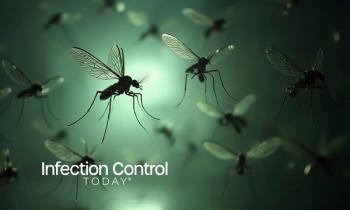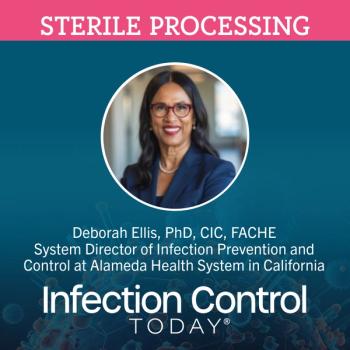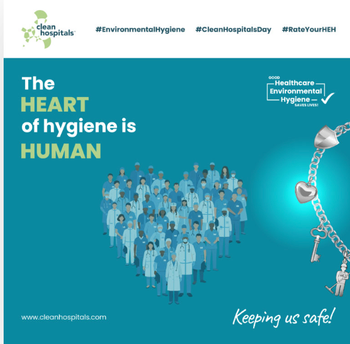
Germicidal Ultraviolet-C Disinfection Poised to Reduce HAIs and Halt the Spread of Ebola Virus
The use of ultraviolet-C (UV-C) technology is quickly emerging as one of the preeminent means to quickly and effectively disinfect hospital settings, including settings in which the patient is being treated for the Ebola virus. Finding better ways to effectively disinfect the healthcare environment is an ongoing struggle for healthcare professionals. As a result, scientists and engineers are developing this technology as a means to combat pathogens such as MRSA and Clostridium difficile in healthcare settings. UV-C has already been proven to be very effective in disinfecting and treating water.
Moreover, the recent experience of two healthcare workers becoming infected with the Ebola virus while treating an infected patient is bringing the nation's attention to gaps in the ability to protect physicians, nurses, environmental service personnel and airline passengers from dangerous pathogens.
Peter Gordon, managing partner at Germgard Lighting, LLC, and LiTeProducts, LLC, and a co- chair of the International Ultraviolet Association (IUVA)'s Health Care Working Group, says, "UV-C technology has been demonstrated to be an excellent germicidal agent in healthcare settings. It is a fast and efficacious disinfectant, and it can effectively protect patients and healthcare workers from a variety of dangerous pathogens, including the Ebola virus."
UV-C is applied by exposing contaminated surfaces and air to a burst of germicidal light, which is able to rapidly inactivate infectious microorganisms.
According to Gordon, hospital surfaces are being continually contaminated by pathogens transmitted by people who enter the room with contaminated hands and compromised clothing, contaminated instruments and items that are brought into the room, and even the patient in the room. In addition, the air entering the room is not sterile and deposits pathogens containing fomites, which settle onto surfaces, adding to the degree of compromise of what is expected to be a safe and clean healthcare environment.
UV-C technology offers a way to quickly and effectively disinfect the most important surfaces in hospitals and other healthcare settings, with special attention to those areas, surfaces and equipment closest to the patient, where healthcare workers also have the greatest chance of exposure.
While UV-C offers several advantages over chemical disinfection agents, Gordon is quick to point out that it has its limitations. The effectiveness of UV-C depends on surfaces being cleaned prior to exposure to UV-C, the application of UV-C usually requires that that patient and healthcare workers are not in the area, and the fundamental optics of UV-C result in some surfaces getting only indirect sanitation from the UV-C light. However, "in the special case of Ebola virus, given the opaqueness of personal protection gear, UV-C may be useful in the decontamination of that gear prior to removal, and it can lower the risks for disposal as well," he suggests.
Today, there is no disinfection technique, short of sterilization, that is absolutely 100 percent effective in destroying all infectious pathogens. And, of course, sterilization is impractical for the patient and the healthcare worker in a number of applications. However, UV-C technology, even in its nascent stage, offers many opportunities to improve the degree and effectiveness of sanitation efforts, as well as the ability to verify effectiveness. Furthermore, it is expected that the technology will evolve so that its ability to provide targeted disinfection will improve as well.
UV-C has a big opportunity to become a leader in addressing the problems of disinfection today and for indefinite future. With proper and high integrity validation, it can become a welcome new infection prevention addition to the germ fighting tool kit.
Deb Martinez, executive director of IUVA, says, "IUVA will promote standards in the use and application of UV-C, and do our best to make sure the health care industry understands its advantages along with its limitations. In the end, we should have a healthier healthcare environment."
A one-day IUVA workshop exploring UV-C for infection prevention is being held Oct. 28, 2014, in White Plains, N.Y.
IUVA's mission is to advance the science, engineering and applications of ultraviolet water disinfection and air treatment technologies to enhance the quality of human life and to protect the environment.
Source: International Ultraviolet Association
Newsletter
Stay prepared and protected with Infection Control Today's newsletter, delivering essential updates, best practices, and expert insights for infection preventionists.





